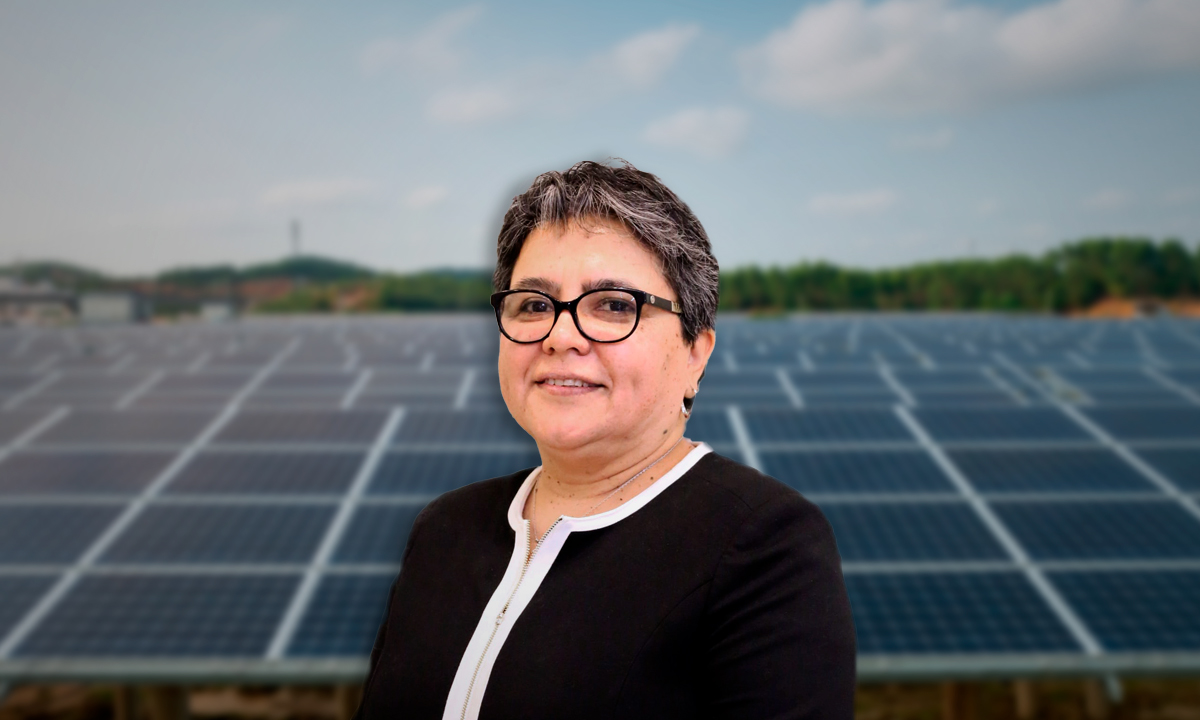Mixed Reactivation Column writer | Opinion

In the alphabet of reactivation after the coronavirus pandemic, the letters U and K predominate, that is, they will be slow and uneven. Last week I summed up the factors determining the slow recovery in demand, production and employment. Today I want to make it clear that there are two different pathways to reactivation and that a few will improve their situation, while for many it will worsen or, in the best case, return to the previous level. In other words, the COVID-19 virus has exacerbated economic and social inequality.
The first reason is that Covid appears to be class and racist: it attacks the poorest communities, blacks and indigenous peoples frequently, as a study by the University of De Los Andes that I mentioned earlier showed.
In fact, the virus is neutral and does not choose who to infect, but these groups are more susceptible to contracting it because they have less access to health services, have fewer immune defenses, live in crowded conditions and have to go out to look for litter. Their income, which makes it impossible for them to stay a social distancing.
Second, the pandemic not only reproduces conditions of pre-existing inequality, but exacerbates and exacerbates them. The transmission channel is the increase in unemployment and poverty. The International Labor Organization estimated that 17% of the world’s working hours were lost in the second quarter, equivalent to 495 million full-time jobs. Latin America was the worst affected region, losing 33% of working hours, equivalent to 80 million jobs.
The ILO itself estimates that the loss of direct income for workers this year is $ 3.5 trillion, or 5.5% of global GDP. Although the income decline has been partly compensated for by government subsidies and transfers, it has not been enough and poverty is increasing. The World Bank estimates that up to 177 million people will return to poverty and that another 100 million will fall into extreme poverty.
In Colombia, Fedesarrollo predicts that due to Covid, the poverty rate will increase from 26.9% recorded in 2018 to 38%, that is, the number of poor (income less than $ 272,000 per month) will increase by 5.6 million. Extreme poverty (less than $ 125,000 a month) will move from 7.4% to 11.3%, i.e. another 2 million people. Limited subsidies and official transfers have kept the poverty rate from rising to 42% and the extreme poverty rate from rising to 16%, but it should have been higher.
On the other end of the social ladder, in the world, the rich not only experienced a decrease in their income, but also witnessed an extraordinary increase in their wealth, so much so that there is talk of Bonanza for billionaires: between March and September of this year, 643 of the richest Americans increased their fortunes. By 29%, or $ 843 billion.
State intervention is the only alternative to combat this outrageous increase in inequality, with more help for the poor and more taxes for the wealthy, so that billionaires do not pay $ 750 in taxes and pride themselves on their elusiveness.
Mauricio Cabrera Galves
Special advisor.
[email protected]

“Award-winning zombie scholar. Music practitioner. Food expert. Troublemaker.”









